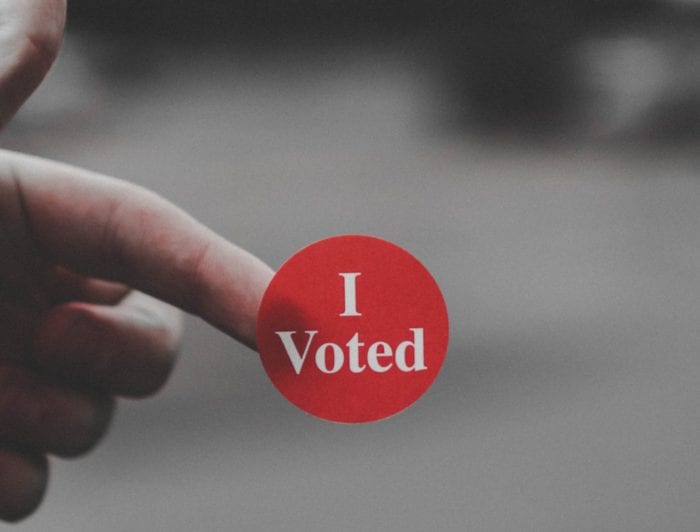Voters with Visual Disabilities – Make Your Vote Count!
Published onMost Americans take their civic duty to vote seriously. Some people spend hours doing research while other people mark their ballot with confidence and a full understanding of the issues. There are also those who make their final decision with the ballot in front of them. Regardless of how the decision is made, most Americans have privacy and independence when voting and confidence that their intended box was checked. The key word in this is MOST. Because of that, we want to help you make your vote count.
Did you know that there are Americans with visual disabilities that are still denied the right to independence when voting? Despite being afforded the right to vote independently with equal access to information by at least five federal laws, many people with visual impairments or blindness are often forced to rely on someone else to read the ballot and mark their selection.
The Need For Equal Access
Why are people with visual disabilities not given what they need? They should receive both equal access to voting information and the ability to vote independently in an accessible format.
We’d like to believe that it’s a lack of understanding in what is required by law combined with a lack of training in meeting the needs of someone who is visually impaired or blind. However, in some cases, risk management and risk assessment have a lot to do with how people follow accessibility laws. This is why advocacy groups have taken the time to educate people with disabilities on their rights and have also provided resources to a legal resolution. The results of this kind of advocacy affords the right to independence and privacy at the polls for more people.
Ways To Make Your Vote Count
- Be proactive. Even though the law requires accessibility at the polling station, contact your Board of Election Supervisor and let them know you have accessibility needs.
- Use caution with mail-in ballots. In order for the ballot to count, signatures must match. Therefore, variances in your signature could pose a problem.
- Report any delay or denial for equal and independent access to the Board of Election Supervisor or voting.section@usdoj.gov
- Vote early. This way if there are problems at the polling station you won’t miss the voting deadline.
- Know your rights and responsibilities.
Know Before You Go
Reports suggest that over the past ten years polling stations have become more accessible and poll workers are better trained to meet the needs of people who are blind or have low vision/visual impairment. However, absentee voting still lacks independence and privacy.
In 2018, the American Council for the Blind resolved to make voter independence and accessibility a priority in their advocacy efforts. The organization cites that accessible polling stations are often not operational and the absentee mail-in voting system is not adhering to the laws in place.
The American Federation for the Blind encourages people to vote and report any issues they encounter when voting independently before leaving the polling station.
- Talk to the head election judge. If he/she cannot fix it, ask him/her to contact a city/county election official.
- If that doesn’t work, call 866-OUR-VOTE (a voter helpline service from the nonpartisan Election Protection Coalition). Spanish-speaking/bilingual voters may wish to call 888-Ve-Y-Vota, and Asian language-speaking voters can call 888-API-VOTE.
- If not resolved, file a written complaint before leaving your polling place.
- You may also submit a complaint to the Department of Justice Voting section:
- Email at voting.section@usdoj.gov
- Telephone at (800) 253-3931 (toll free), or (202) 307-2767
- Fax at (202) 307-3961
- Complaint form at https://civilrights.justice.gov/report/
- Send a letter to this address:
Civil Rights Division
U.S. Department of Justice
Room 7254 – NWB
950 Pennsylvania Ave., N.W.
Washington, DC 20530
Federal Protection
The five federal laws protecting voter’s rights for those with disabilities:
- The first law, The Voter’s Rights Act of 1965, permitted people who are in need of a reader to bring in a person of his/her choosing to assist them.
- In 1984, the Voting Accessibility for the Elderly and Handicapped Act required an alternate voter site be available if a site is inaccessible.
- The 1990 Americans With Disabilities Act requires equal access at all polling places in every step of the election process.
- In 1993, the Voters Registration Act focused on registering more Americans with disabilities.
- Finally, in 2002, the Help America Vote Act (HAVA) addressed more than just equal access, it addressed equal opportunity to vote. This means that people with disabilities have the right to privacy and INDEPENDENCE when voting.
Categorized in: Government, Informational
This post was written by






Comments are closed here.